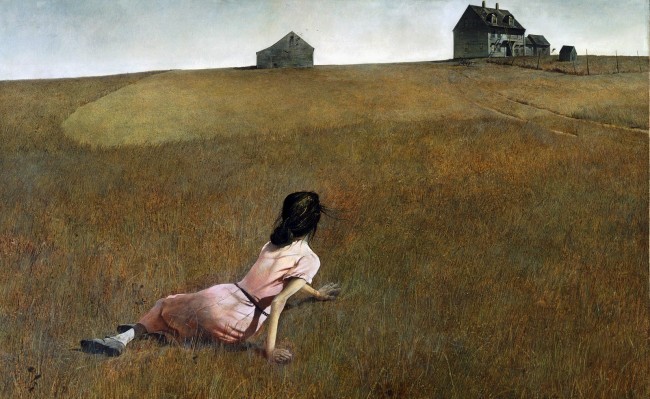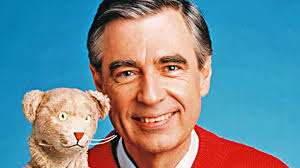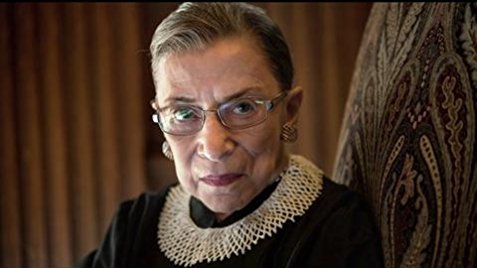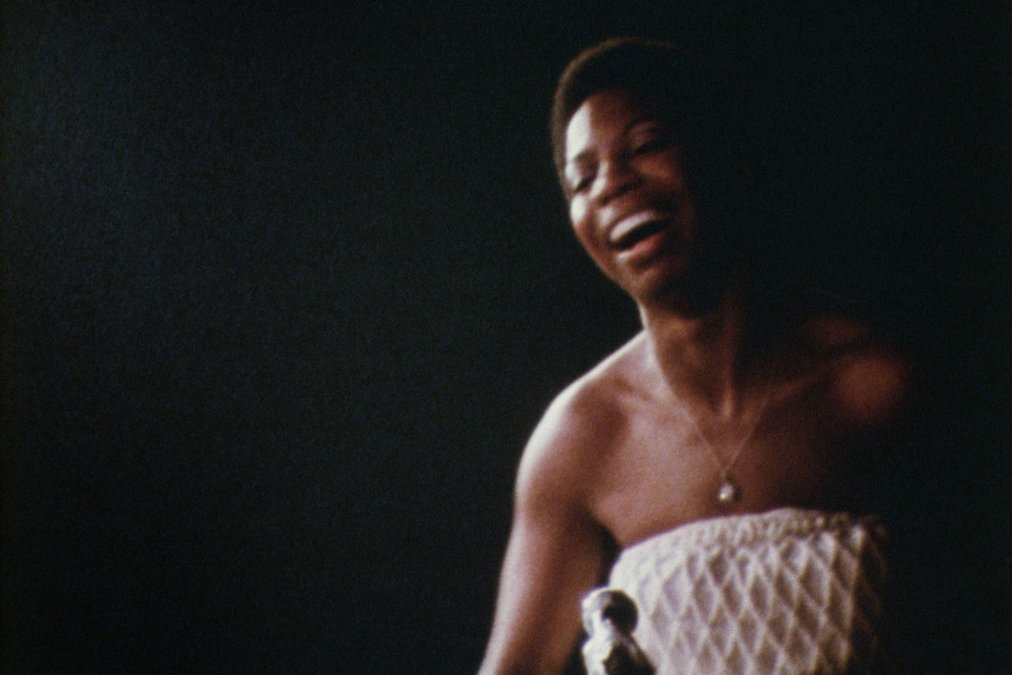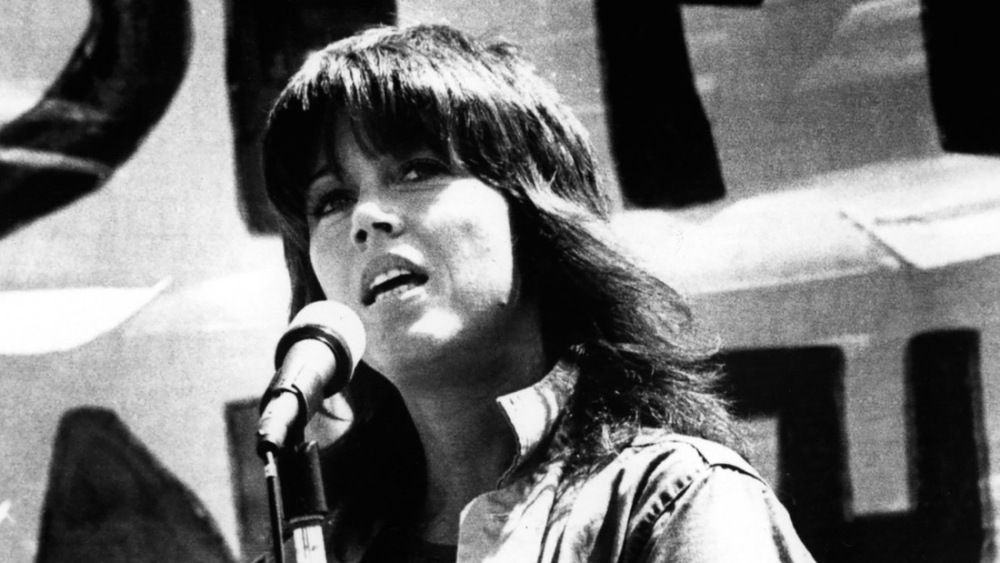
HBO is airing a remarkable biodoc of Jane Fonda, Jane Fonda in Five Acts. It turns the talking head documentary on its, well, talking head, because the main narrator/commentator on Jane Fonda’s life is Jane Fonda herself. She reveals the most personal, even intimate, experiences and feelings; you could tag this as “extremely personally revealing” or even as “oversharing”. either way, I found it irresistible.
The theme is that Fonda’s life was shaped, in phases, by (or to reflect), the four most important men in her life: her father Henry Fonda and her husbands Roger Vadim, Tom Hayden and Ted Turner. Hayden, Turner, her son Troy Garity and her BFF Paula Weinstein get the most screen time among various confidantes. But mostly, this film is Jane herself, neat with a chaser.
From being the daughter of a movie super star dad and a suicidal mom, through a starlet period, to the shrill activist with the Klute hairdo, to the video exercise queen and then billionaire’s bride, it a helluva story. If you dislike Jane Fonda, you’ll find this biodoc annoying. If you’re like me, you’ll find it fascinating.

